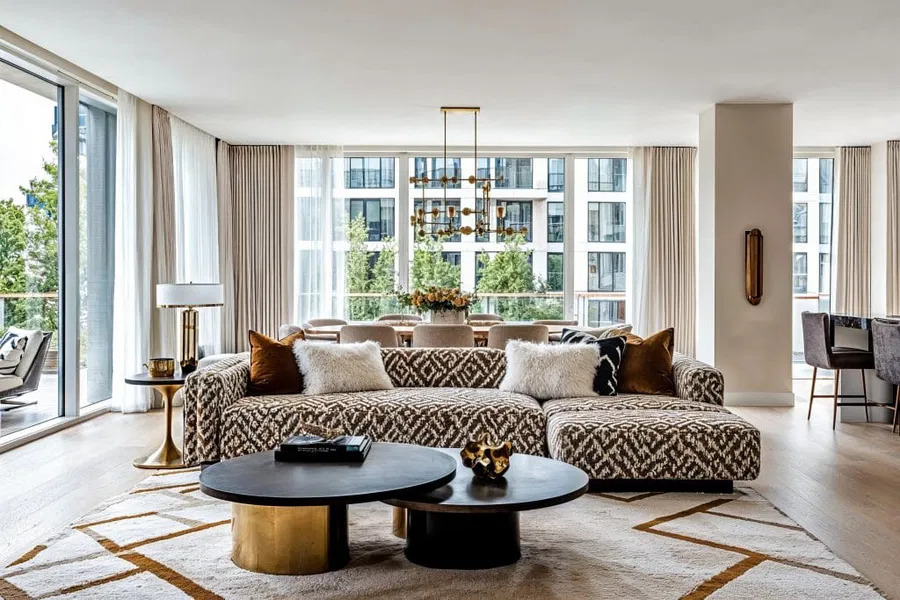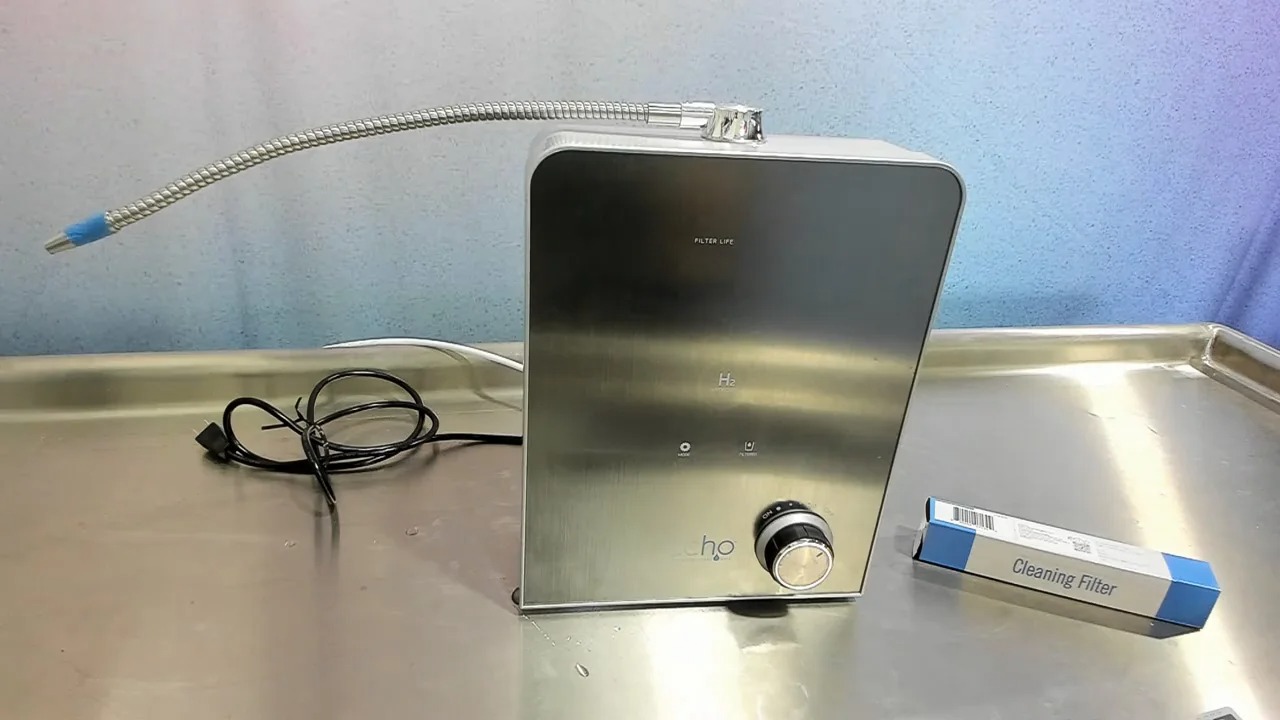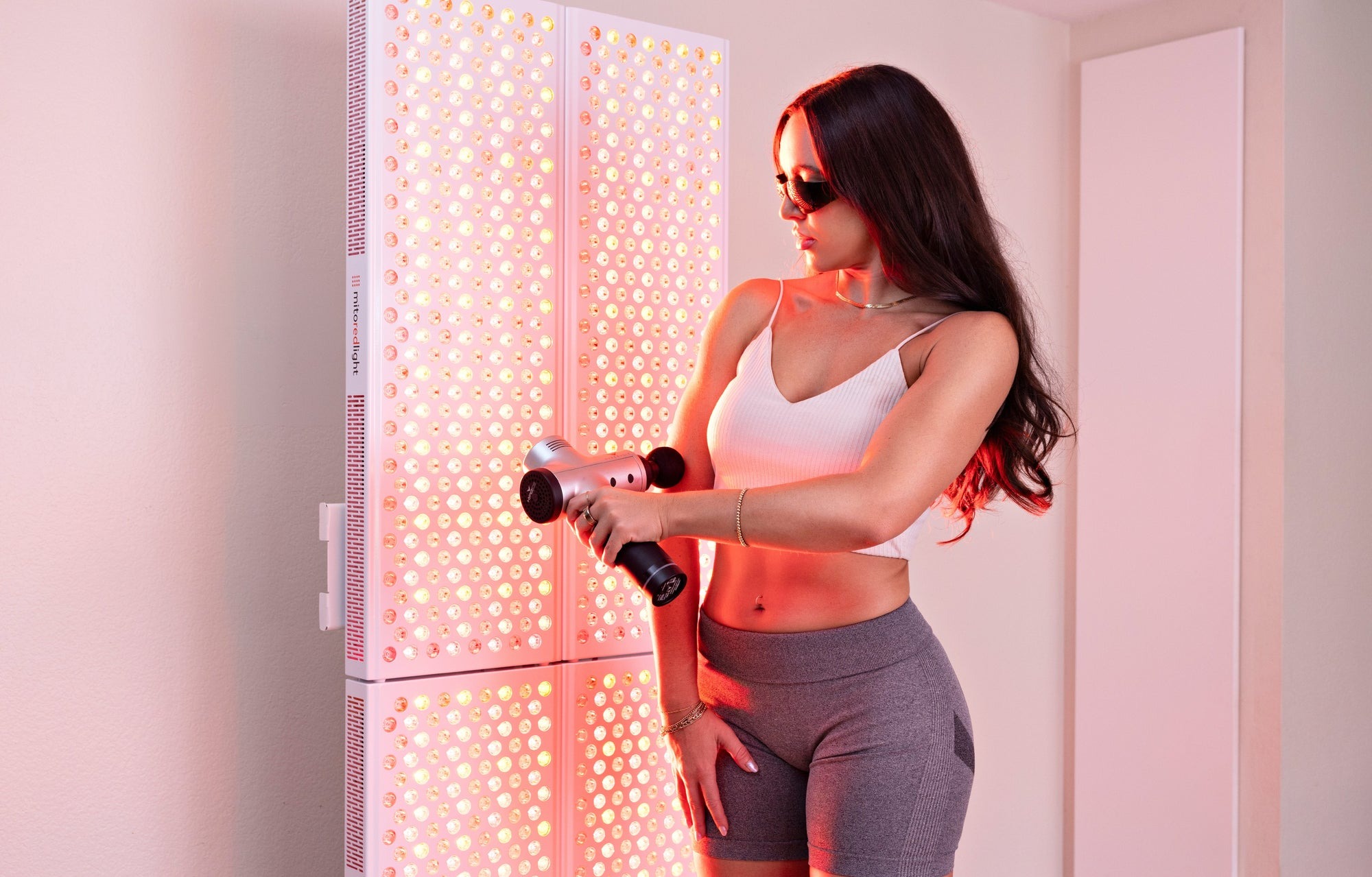
Introduction
Smart lighting has revolutionized the way we illuminate our homes. No longer limited to just on and off switches, today’s lighting systems offer customizable brightness, color temperature, automation, and even mood presets—all controllable from your phone or voice assistant. But smart lighting isn’t just about convenience—it’s also a powerful tool for elevating home aesthetics.
This guide explores how to use smart lighting to enhance ambience, highlight design features, and create a beautifully lit space that matches your lifestyle.
1. Understand the Basics of Smart Lighting
Smart lighting typically involves LED bulbs, light strips, and fixtures that connect via Wi-Fi, Bluetooth, or a smart hub. These can be controlled through apps or smart home systems like Alexa, Google Assistant, or Apple HomeKit.
Key features include:
- Adjustable brightness and dimming
- Color-changing capabilities
- Scheduled routines and automation
- Remote access and voice control
Whether you're setting the mood for a movie night or waking up with soft sunrise lighting, smart bulbs offer an experience that’s both functional and atmospheric.
2. Set the Tone with Adjustable Color Temperature
Smart lighting allows you to fine-tune the warmth or coolness of your lights to suit the time of day or desired mood.
- Warm white (2700K–3000K): Cozy, perfect for bedrooms and living areas
- Neutral white (3500K–4000K): Balanced and ideal for kitchens or home offices
- Cool white/daylight (5000K+): Energizing, great for tasks and bright morning light
This flexibility helps you tailor each room's ambience throughout the day.
3. Use Color-Changing Bulbs for Mood Lighting
Color-changing smart bulbs let you shift the atmosphere instantly with millions of hue options. Set calming blues for winding down, energizing yellows for productivity, or romantic pinks for evening ambiance.
These are especially useful in:
- Bedrooms for calming night routines
- Living rooms for entertainment or holidays
- Children’s rooms for playful lighting
- Home theaters for immersive experiences
4. Install Smart Light Strips for Visual Drama
Smart LED light strips are a favorite design element in modern interiors. They can be installed under cabinets, behind TVs or mirrors, along staircases, or inside shelving.
Their soft glow adds depth, highlights architectural features, and enhances ambience without being harsh or overwhelming.
5. Automate Routines and Scenes
One of the biggest advantages of smart lighting is automation. Set daily routines or specific “scenes” to match different activities.
Examples:
- Wake-up routine: Gradually increasing brightness to simulate sunrise
- Evening wind-down: Warm dimmed lights to prepare your body for sleep
- Dinner party mode: Soft, ambient glow with accent lighting
- Focus time: Bright, neutral light for work or reading
These presets improve functionality while contributing to a well-designed atmosphere.
6. Highlight Decor with Smart Spotlights or Accent Lights
Smart spotlights or puck lights can be used to illuminate specific design features like artwork, display shelves, or architectural textures.
You can adjust the brightness or hue to complement the objects on display, creating a museum-like effect that adds sophistication and visual interest.
7. Use Motion Sensors for Convenience and Elegance
Pair smart lights with motion sensors for a seamless experience. Hallways, bathrooms, and closets can benefit from lights that turn on automatically when someone enters, then shut off after a set time.
This not only saves energy but also creates a smooth, high-end interaction with your space.
8. Integrate Smart Lighting with Voice Assistants
Control lights hands-free with voice commands through Alexa, Google Assistant, or Siri. Ask to turn off all lights before bed, dim the lights for a movie, or change the color in a specific room.
This integration adds a layer of convenience and futuristic charm that enhances your daily living experience.
9. Sync Smart Lighting with Music or TV
Some smart lighting systems can sync with your music or television, flashing or shifting colors in response to sound or visuals.
This is especially popular in:
- Gaming setups
- Home theaters
- Party environments
These dynamic lighting effects elevate entertainment and turn everyday spaces into immersive environments.
10. Choose Fixtures That Match Your Interior Style
While the functionality of smart lighting is impressive, its aesthetic should complement your overall design. Choose fixtures and bulbs that suit your interior:
- Modern: Sleek track lights, recessed LEDs, and minimalist pendants
- Boho or rustic: Smart Edison-style bulbs with warm tones
- Traditional: Smart-compatible chandeliers or sconces with vintage appeal
Smart lighting doesn't have to look futuristic—choose the right fixtures to blend technology with timeless style.
11. Expand Outdoors with Smart Exterior Lighting
Smart lighting isn’t just for interiors. Use it to enhance your outdoor ambience:
- Porch lights that turn on at dusk
- Pathway lights with motion detection
- Garden uplighting that changes color for seasons or events
- String lights controlled by app or voice
Outdoor smart lighting improves safety, convenience, and curb appeal all at once.
Conclusion
Smart lighting offers much more than automation—it’s a transformative design tool that merges convenience with ambience and style. Whether you want to highlight artwork, create the perfect mood, or simply streamline your daily routine, smart lighting systems adapt to your needs while enhancing your home's aesthetic appeal.
With so many versatile options available, there’s never been a better time to brighten your home the smart way.








